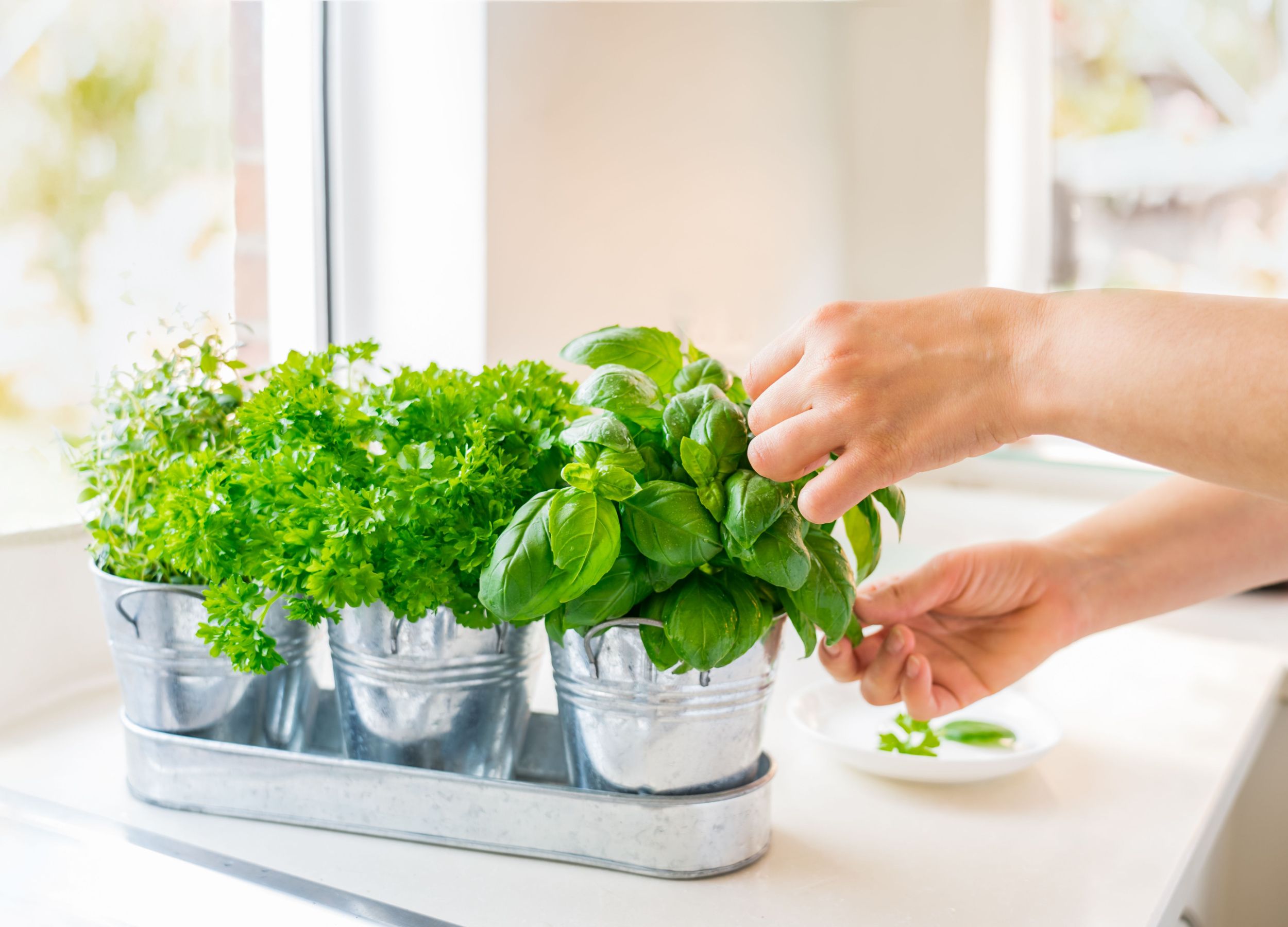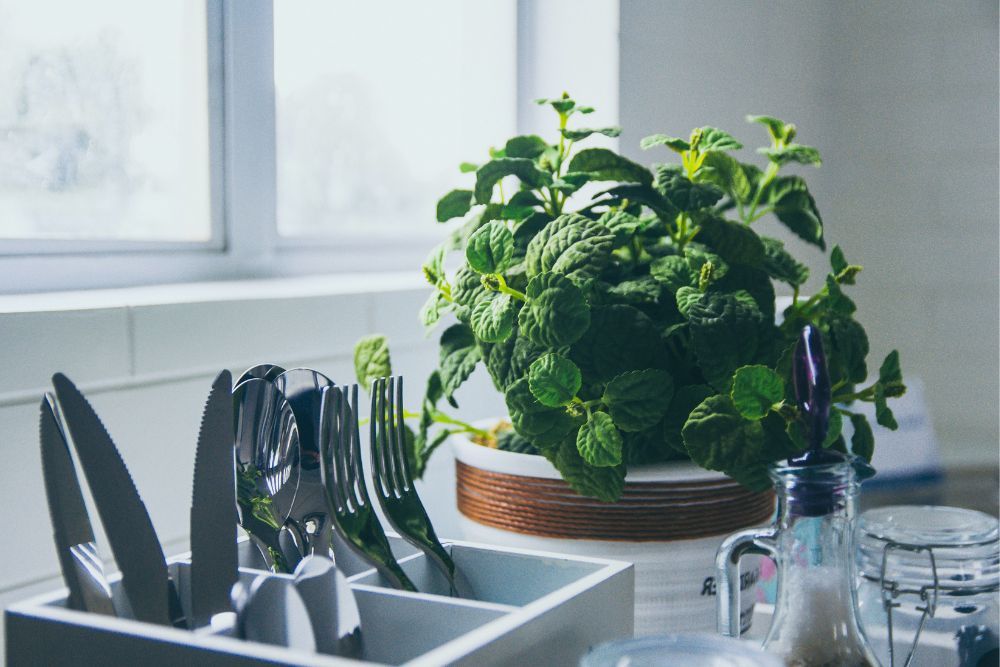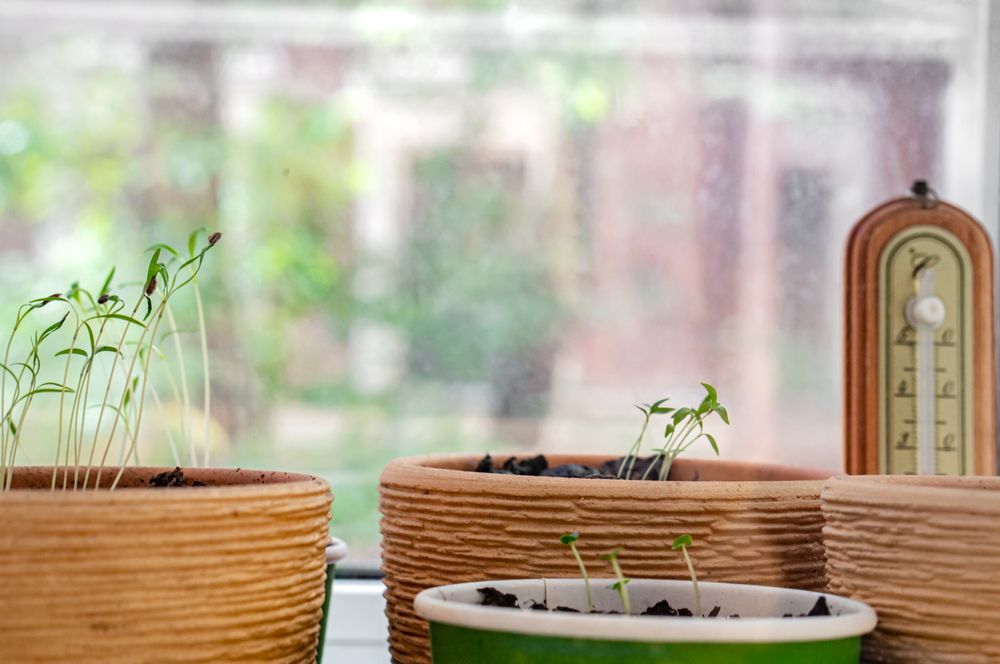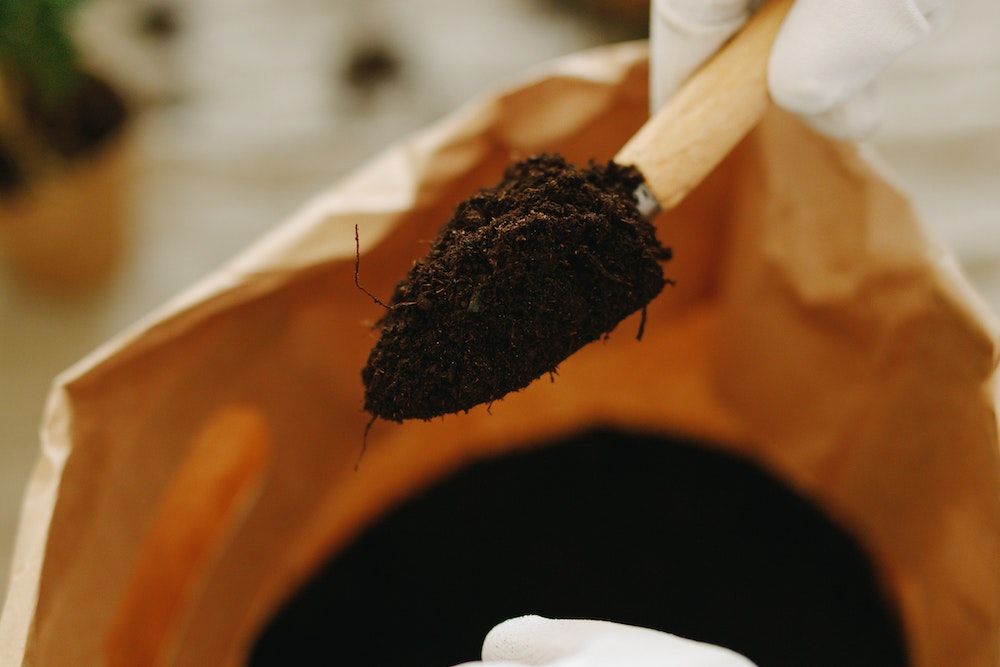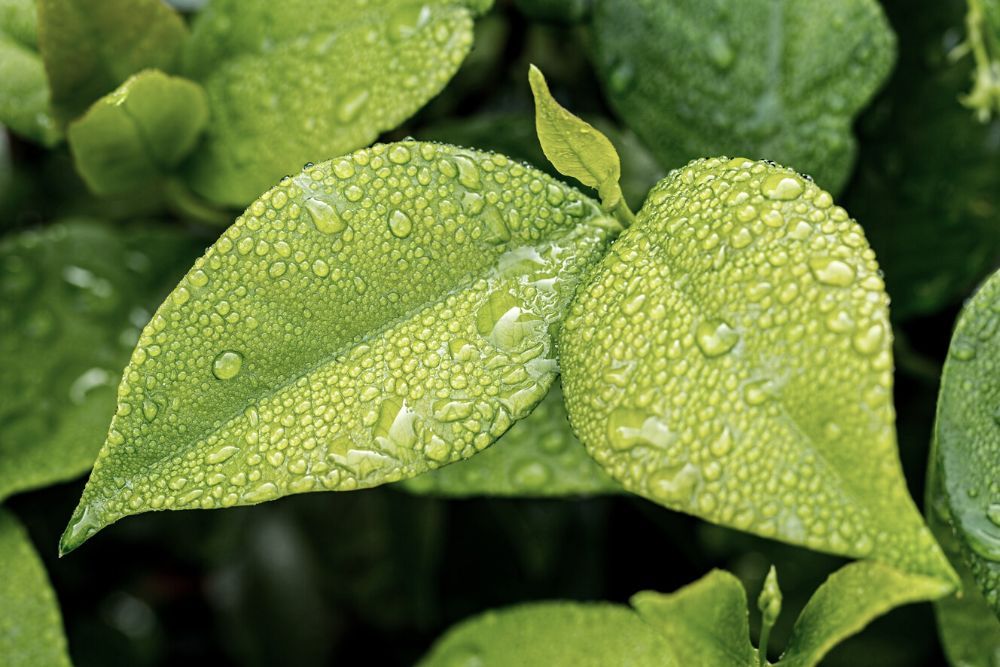Growing your herbs indoors allows you to continue to flex that green thumb during the cold months and provides year-round fresh herbs to use whenever you choose! Whether it is fresh basil for your next pesto dish, or bay leaves for delicious stews, who wouldn't enjoy herbs at their fingertips?
While many options exist for setting up indoor herb gardens, there are a few key things to remember to help keep your herbs happy and healthy. Before you start yours, take a look at this list of indoor herb garden tips!
1. Ample Light
Image credits: Al Kawasa via Unsplash
Giving plants proper sunlight is just as important indoors as it is outdoors! Choosing a location within your home that provides indoor herbs with full sun, at least five or six hours of sun during the day, is key. South or west-facing windows are a good place to locate your indoor garden, and if the light becomes insufficient, such as in winter months, then consider supplemental light during those times.
2. Temperature Management
Image Credits: beijada via Shutterstock
Indoor herbs may not experience the elements of nature, however, there is a different challenge to managing conditions indoors. Fluctuations in temperatures due to drafts from windows or heat vents, for example, may shock or even kill indoor plants. Consider these temperature shifts when choosing a garden location.
Finding a home for indoor herbs that maintains a constant temperature of 65 to 70 degrees Fahrenheit during the day and 55 to 60 degrees Fahrenheit at night, is ideal. Annual herbs such as basil, dill, and cilantro, can grow in these temperatures indoors all year long. On the other hand, perennial herbs like oregano and mint like oregano and mint, benefit from moving outdoors during the warmer season.
3. Soil Requirements
Image credits: Thirdman via Pexels
Well-draining soil is preferable for herbs, as this type of soil helps move moisture through and out to prevent soggy conditions. An equal mixture of potting soil, sand, peat, and perlite makes the perfect environment. Make sure the container or pot has drainage holes to assist in moving the water out.
Pro Tip: Give your herbs an advantage by using clay pots. They are porous and provide better drainage than plastic pots.
4. Water and Humidity
Image credits: Steve Buissinne via Pixabay
In general, indoor herbs prefer to receive room-temperature water, regularly. Water your herbs thoroughly and reduce the amount of water in the winter months. Some individual herbs will have varying preferences, like oregano and sage, which prefer to dry slightly between watering.
Indoor environments tend to be drier than the outdoors so consider humidity levels and air circulation for your indoor herbs. If your home is dry, use a humidifier, mist leaves, or leave the potted plant on a tray of wet pebbles. Maintain proper air circulation to keep the plants from staying too wet and attracting pests.
5. Pruning
Image credits: dianazh via Canva
Pruning your herbs regularly is not only allowing you to enjoy (or store) your harvest, but it is also beneficial to help your plant continue to produce!
Harvesting your indoor herbs is similar to how you do so from an outdoor garden, each plant has varying preferences. While periodic snips from the plant is good, you can harvest some plants back to the stems, like basil. For these plants, clip the plant back to two sets of two main leaves to promote growth.
Pro Tip: Pinch flowers off of herbs to keep the nutrients and energy flowing to the harvestable leaves and stems of the herb.
6. Pest Control
Image credits: StopTheSpread via Canva
Maintaining the proper conditions as mentioned above, is your best defense against pests. However, if pests do make a home in your herb garden, use an appropriate method to eradicate them. Common pests to look out for are spider mites, mealybugs, and aphids.
When dealing with plants you eat, it is a good practice to stay away from harsh chemicals or pesticides. Instead, try a solution of mild soap and water and spray weekly. Watch for discoloration on leaves, indicating you need to reduce the amount of soap. Then, rinse before using.
Have You Herb?
If you hadn't heard before, all these tips and tricks can now help you feel confident that your indoor herb garden will be full of success. From choosing an appropriate location with ample sunlight and proper temperatures to soil conditions and watering practices, these tips will get you on your way to enjoying fresh delicious herbs at home!
Do you enjoy fresh herbs at home? Share your herb garden experiences in the comment section below!

